How To Protect Camera Lens From Scratches ?
There are several ways to protect your camera lens from scratches. One of the most effective ways is to use a lens filter. A filter is a piece of glass that attaches to the front of your lens and acts as a barrier between your lens and the outside world. Filters come in different types, such as UV, polarizing, and neutral density, and can also enhance your photos in different ways.
Another way to protect your lens is to use a lens hood. A lens hood is a plastic or metal attachment that fits onto the end of your lens and helps to block out stray light and prevent lens flare. It also provides a physical barrier that can help protect your lens from scratches and other damage.
Finally, you can also use a lens cap when your camera is not in use. A lens cap is a plastic or metal cover that fits over the front of your lens and protects it from scratches, dust, and other debris. It's a simple and effective way to keep your lens in good condition.
1、 Lens filters
One effective way to protect your camera lens from scratches is by using lens filters. Lens filters are thin pieces of glass or plastic that attach to the front of your lens and act as a barrier between your lens and the outside world. They come in various types, including UV filters, polarizing filters, and neutral density filters, and can also enhance the quality of your photos.
UV filters, for example, can protect your lens from harmful UV rays and also improve the clarity of your images. Polarizing filters can reduce glare and reflections, while neutral density filters can help you achieve a slower shutter speed for creative effects.
In addition to using lens filters, it's also important to handle your camera and lens with care. Avoid touching the lens with your fingers and always use a lens cap when not in use. When cleaning your lens, use a microfiber cloth or lens cleaning solution to avoid scratching the surface.
It's worth noting that some photographers argue against using lens filters, as they can potentially degrade image quality or cause unwanted reflections. However, many professionals still swear by them as a reliable way to protect their expensive lenses from scratches and other damage.
Ultimately, the decision to use lens filters or not is up to personal preference and shooting style. But if you do choose to use them, make sure to invest in high-quality filters and handle them with care to ensure the best possible results.
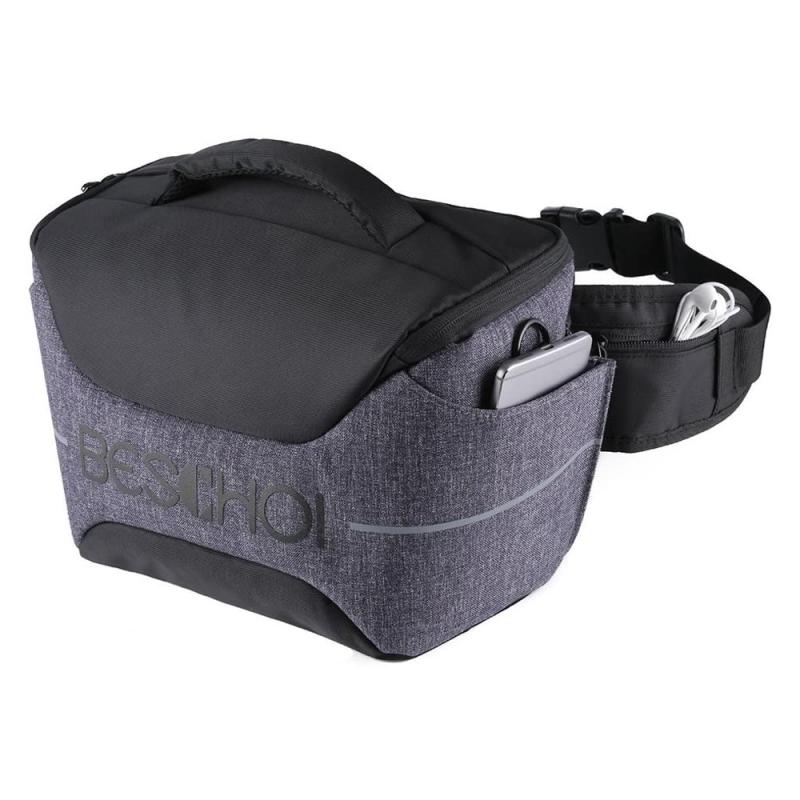
2、 Lens hoods
How to protect camera lens from scratches? One of the most effective ways to protect your camera lens from scratches is by using lens hoods. Lens hoods are accessories that attach to the front of your lens and extend outwards, creating a barrier between the lens and any potential hazards. They come in different shapes and sizes, depending on the lens you are using, and can be made of plastic or metal.
Lens hoods not only protect your lens from scratches but also help to reduce lens flare and improve image quality. They work by blocking stray light from entering the lens, which can cause unwanted reflections and reduce contrast. This is particularly useful when shooting in bright sunlight or when using artificial lighting.
Another benefit of using a lens hood is that it can provide some physical protection for your lens. If you accidentally bump your camera or drop it, the hood can absorb some of the impact and prevent damage to the lens.
In addition to using a lens hood, there are other steps you can take to protect your camera lens from scratches. One is to always use a lens cap when you are not using your camera. This will prevent dust, dirt, and other debris from settling on the lens and potentially scratching it.
Another tip is to be careful when cleaning your lens. Use a soft, lint-free cloth and avoid using harsh chemicals or abrasive materials that could scratch the lens surface.
In conclusion, using a lens hood is an effective way to protect your camera lens from scratches and other hazards. It is a simple and affordable accessory that can improve your image quality and extend the life of your lens.
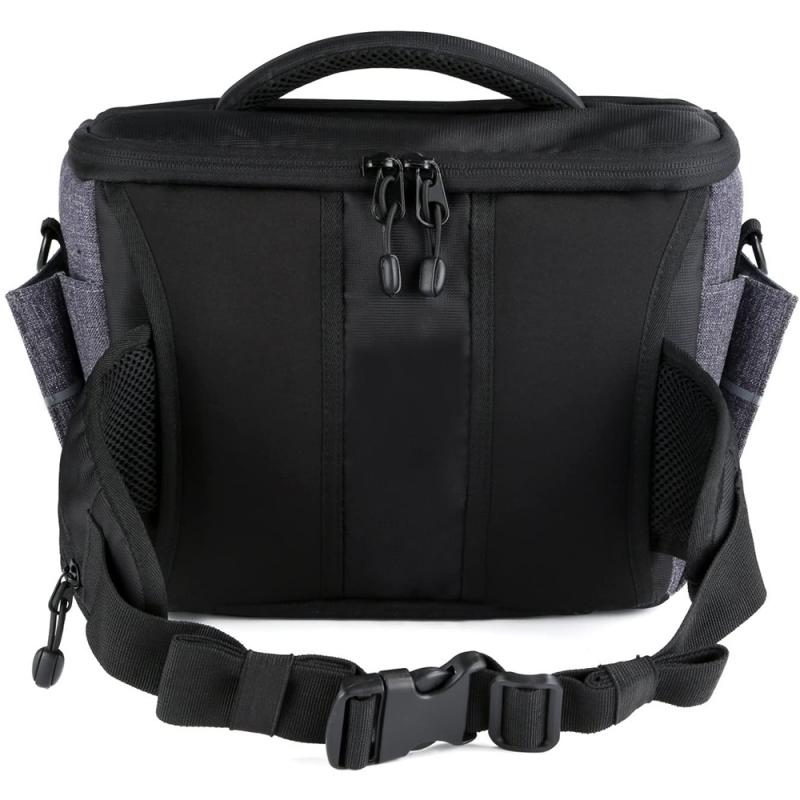
3、 Lens caps
One of the most important things to consider when it comes to protecting your camera lens from scratches is to use lens caps. Lens caps are designed to fit over the front of your lens and protect it from scratches, dust, and other debris. They are an essential accessory for any photographer, whether you are a professional or an amateur.
There are many different types of lens caps available on the market today, including snap-on caps, screw-on caps, and pinch caps. Snap-on caps are the most common type of lens cap and are designed to fit over the front of your lens and snap into place. Screw-on caps, on the other hand, are designed to screw onto the front of your lens and provide a more secure fit. Pinch caps are a newer type of lens cap that are designed to be easy to use and provide a secure fit.
In addition to using lens caps, there are other things you can do to protect your camera lens from scratches. One of the most important things is to be careful when handling your camera and lens. Avoid touching the front of your lens with your fingers, as this can leave fingerprints and other smudges that can be difficult to remove.
Another thing you can do is to use a lens hood. A lens hood is a device that attaches to the front of your lens and helps to block out unwanted light and glare. It also provides an additional layer of protection for your lens.
In conclusion, using lens caps is one of the most important things you can do to protect your camera lens from scratches. There are many different types of lens caps available, so be sure to choose one that fits your camera and lens properly. Additionally, be careful when handling your camera and lens, and consider using a lens hood for added protection.
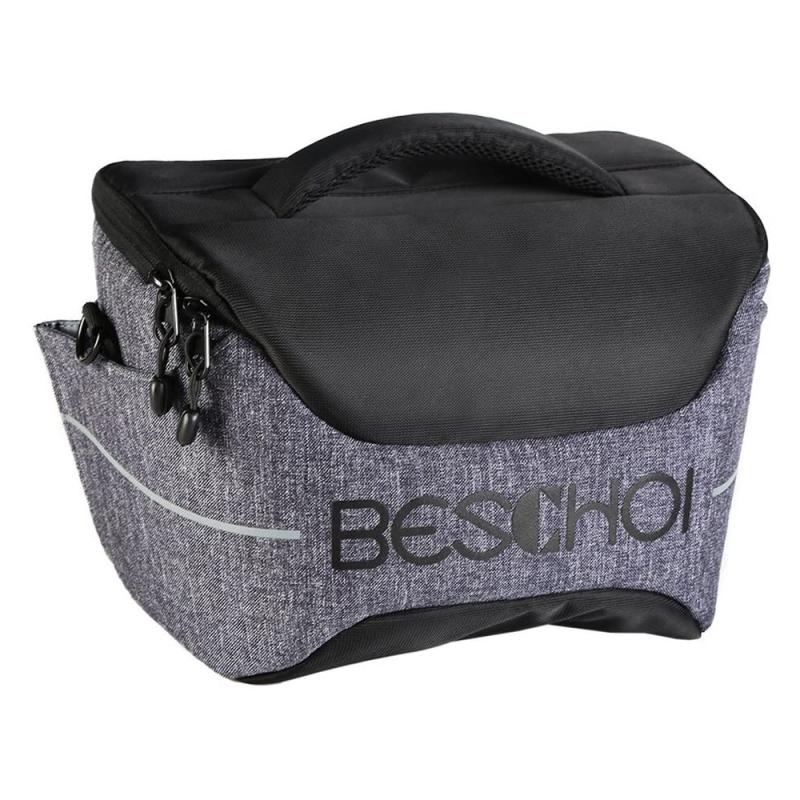
4、 Protective cases
How to protect camera lens from scratches? One of the best ways to protect your camera lens from scratches is by using protective cases. These cases are designed to fit snugly around your camera and provide a layer of protection against scratches, bumps, and other types of damage.
There are many different types of protective cases available on the market today, ranging from simple silicone sleeves to more advanced hard-shell cases with built-in shock absorption. Some cases even come with additional features like waterproofing or extra pockets for storing accessories.
When choosing a protective case for your camera, it's important to consider the level of protection you need. If you're just looking for basic scratch protection, a simple silicone sleeve may be sufficient. However, if you're planning to take your camera on outdoor adventures or in other high-risk environments, a more advanced hard-shell case may be necessary.
It's also important to choose a case that fits your camera properly. A case that is too loose or too tight can actually do more harm than good, as it may allow dust or debris to get inside or put pressure on the lens.
In addition to using a protective case, there are other steps you can take to protect your camera lens from scratches. For example, you can use a lens hood to shield the lens from direct sunlight and other sources of glare. You can also use a microfiber cloth to clean the lens regularly, as this will help remove any dirt or debris that could cause scratches over time.


![Supfoto Osmo Action 3 Screen Protector for DJI Osmo Action 3 Accessories, 9H Tempered Glass Film Screen Cover Protector + Lens Protector for DJI Osmo 3 Dual Screen [6pcs] Supfoto Osmo Action 3 Screen Protector for DJI Osmo Action 3 Accessories, 9H Tempered Glass Film Screen Cover Protector + Lens Protector for DJI Osmo 3 Dual Screen [6pcs]](https://img.kentfaith.de/cache/catalog/products/de/GW41.0076/GW41.0076-1-340x340.jpg)

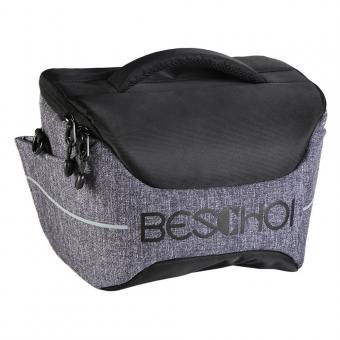

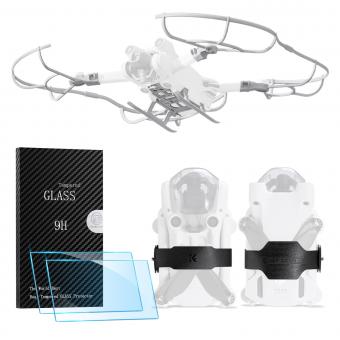
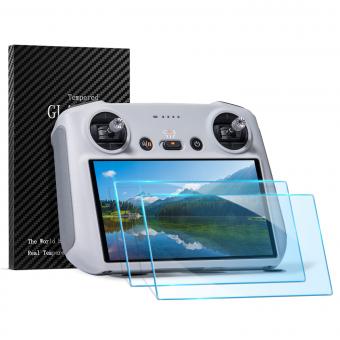
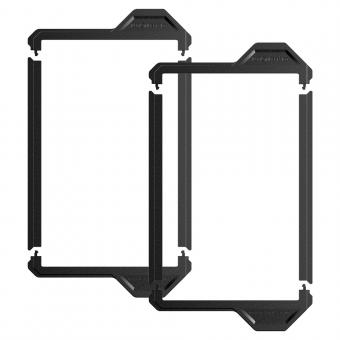

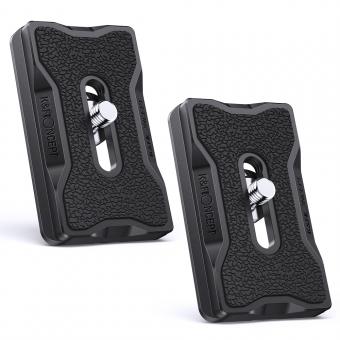











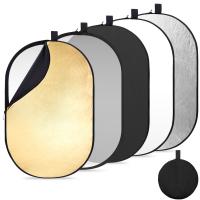
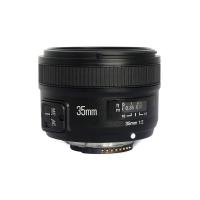

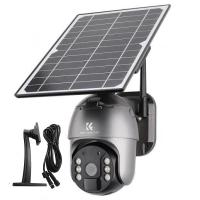


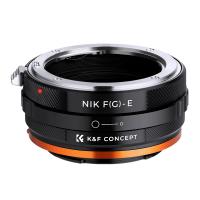
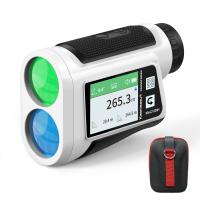
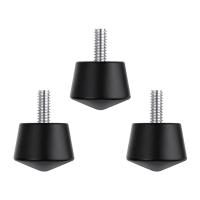
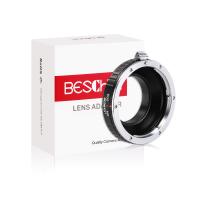
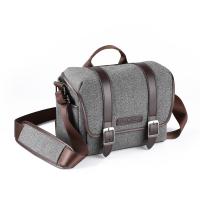


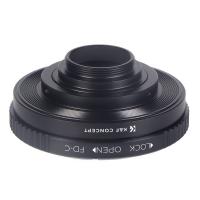



There are no comments for this blog.